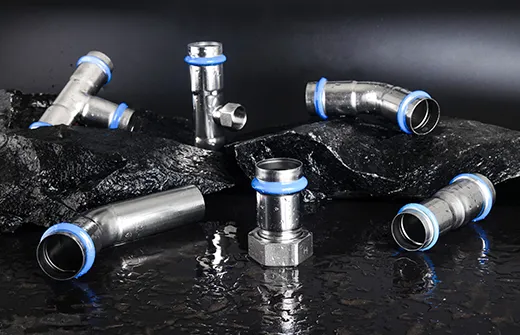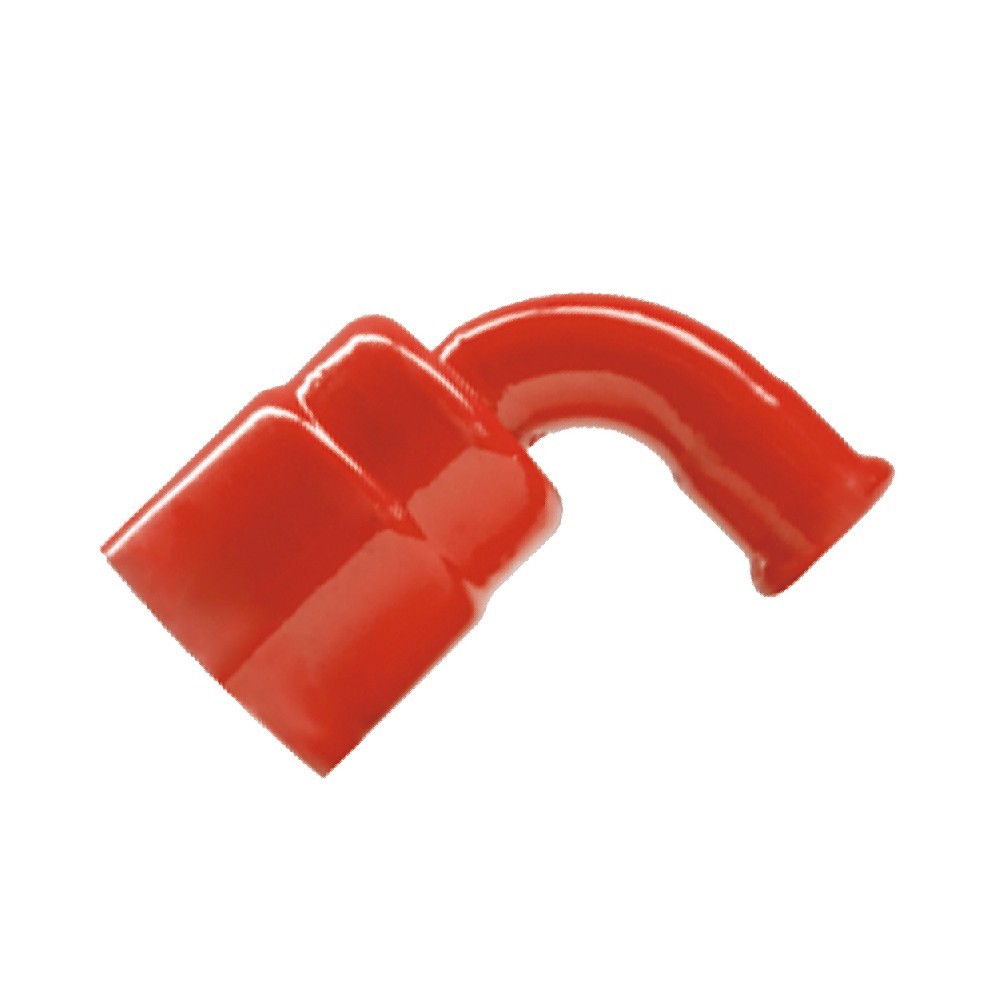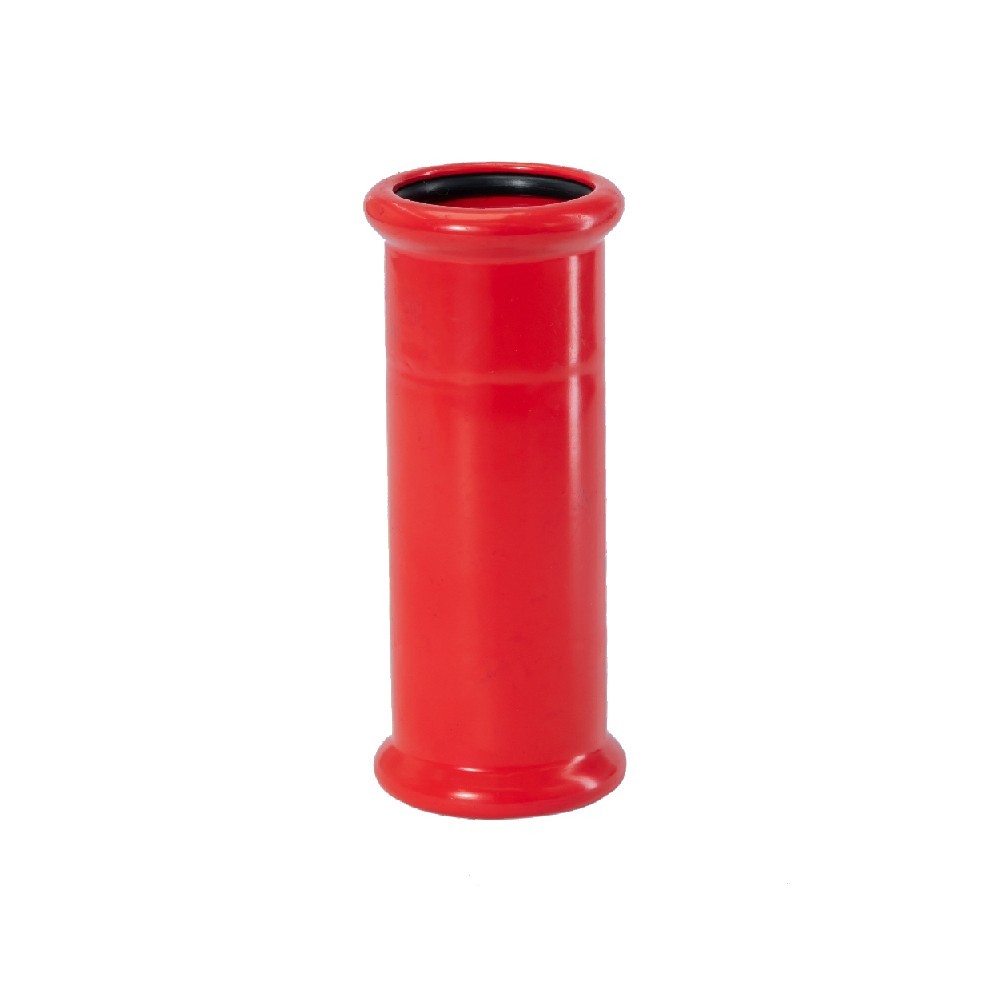Why 90º Extend Street Bend is Essential for Modern Architecture
Apr 23,2025
Why 90º Extend Street Bend is Essential for Modern Architecture
Table of Contents
- Introduction to 90º Extend Street Bend
- Importance of 90º Extend Street Bend in Construction
- Design Considerations for 90º Extend Street Bend
- Materials Used for 90º Extend Street Bend
- Applications of 90º Extend Street Bend in Modern Architecture
- Advantages of Using 90º Extend Street Bend
- Case Studies: Successful Implementations
- The Future of 90º Extend Street Bend in Architecture
- Frequently Asked Questions
- Conclusion
Introduction to 90º Extend Street Bend
The **90º extend street bend** is a crucial component in modern architectural practices, primarily used to facilitate smooth transitions and maintain structural integrity in various constructions. This bend, designed to change the direction of pipes and conduits seamlessly, plays a fundamental role in optimizing both functionality and aesthetic appeal. In this article, we will delve into why this specific structural element is indispensable in contemporary architecture.
Importance of 90º Extend Street Bend in Construction
In the realm of construction, the **90º extend street bend** serves multiple vital functions. Firstly, it allows for the effective management of space within a building, enabling architects to design more complex layouts without compromising on the flow of utilities. This is particularly significant in densely populated urban areas where every inch of space is valuable.
Moreover, the use of this bend minimizes the risk of structural damage that can occur due to abrupt directional changes in plumbing and electrical systems. By ensuring that these systems are routed smoothly, the **90º extend street bend** not only enhances durability but also reduces maintenance costs over time.
Enhancing Flow and Functionality
The **90º extend street bend** is essential for maintaining optimal flow in plumbing and electrical systems. A smooth bend reduces turbulence, which can lead to pressure drops in plumbing and electrical inefficiencies. This is especially critical in **commercial buildings** where peak demand can strain systems.
Optimizing Structural Integrity
In architectural design, structural integrity is of paramount importance. The **90º extend street bend** contributes to this by distributing stress evenly across conduits and pipes, preventing weak points that could lead to failure. This reliability is particularly crucial in areas prone to seismic activity.
Design Considerations for 90º Extend Street Bend
When integrating the **90º extend street bend** into architectural designs, several factors must be considered. These include the bend radius, material compatibility, and the specific requirements of the systems being routed.
Choosing the Correct Bend Radius
The bend radius is a critical factor in determining how smoothly the transition occurs. A tighter bend may save space but can lead to increased stress on the materials involved. Architects must balance space efficiency with structural needs to find the optimal radius for each application.
Material Compatibility
Different materials react differently to bends. For instance, **stainless steel** offers excellent durability and resistance to corrosion but may be more challenging to work with than plastics or less durable metals. Understanding the properties of each material is crucial for ensuring that the **90º extend street bend** performs effectively over time.
Materials Used for 90º Extend Street Bend
The materials used in the construction of **90º extend street bends** vary widely, each bringing its unique advantages and disadvantages.
Stainless Steel
Stainless steel is often the material of choice for applications requiring high strength and corrosion resistance. This makes it particularly suitable for plumbing systems exposed to moisture and other corrosive elements.
Plastic and PVC
Plastic and PVC are widely used for their lightweight properties and ease of installation. They are excellent for residential settings where weight and cost are significant considerations.
Aluminum
Aluminum offers a balance between strength and weight, making it a versatile option for various applications, especially in structural components that need to be both strong and lightweight.
Applications of 90º Extend Street Bend in Modern Architecture
The **90º extend street bend** finds applications across various facets of modern architecture.
Residential Buildings
In residential buildings, this bend is crucial for routing plumbing and electrical systems efficiently. It allows for elegant designs that maximize both aesthetic appeal and functional performance.
Commercial Infrastructure
In commercial buildings, the need for robust plumbing and electrical systems makes the **90º extend street bend** essential. Its use ensures the reliable operation of essential services, particularly in high-rise structures where vertical space is limited.
Industrial Facilities
In industrial settings, these bends are often implemented in large-scale piping systems, enabling the efficient transport of materials and fluids while minimizing energy loss.
Advantages of Using 90º Extend Street Bend
The **90º extend street bend** provides numerous advantages that enhance modern architectural practices.
Space Efficiency
By allowing for smoother transitions, the **90º extend street bend** helps architects optimize space usage, particularly in urban environments where land is at a premium.
Cost Savings
Although the initial investment may be higher, the durability and efficiency of the **90º extend street bend** lead to lower maintenance and operational costs over time, representing long-term savings for building owners.
Aesthetic Appeal
The incorporation of smooth bends can enhance the visual appeal of a structure. Architects can design more flowing, organic forms that resonate with modern aesthetics, rather than relying solely on angular designs that dominate traditional architecture.
Case Studies: Successful Implementations
Examining successful implementations of the **90º extend street bend** in notable constructions helps illustrate its versatility and importance.
Case Study 1: Urban Residential Complex
In a recent urban residential complex, architects employed the **90º extend street bend** to navigate tight spaces while maintaining an elegant design aesthetic. This allowed for innovative layouts that enhanced the living experience without compromising on functionality.
Case Study 2: High-Rise Office Building
A high-rise office building utilized the **90º extend street bend** in its plumbing system, which not only improved the flow of water and waste but also minimized the risk of leaks and structural damage, ensuring a safe and efficient build.
The Future of 90º Extend Street Bend in Architecture
As architectural practices continue to evolve, the role of the **90º extend street bend** is likely to expand further. Innovations in materials and manufacturing processes may lead to even more efficient designs. Additionally, as sustainability becomes an increasingly important consideration in architecture, the ability to optimize space and resources will only enhance the relevance of this component.
Frequently Asked Questions
What is a 90º extend street bend?
A **90º extend street bend** is a structural element used to change the direction of pipes or conduits in plumbing and electrical systems, designed to ensure smooth transitions and maintain efficiency.
What materials are commonly used for 90º extend street bends?
Common materials include stainless steel, plastic (PVC), and aluminum, each offering unique benefits suited for different applications.
Why is the bend radius important?
The bend radius determines the smoothness of the transition, affecting both the stress on materials and the efficiency of fluid or electrical flow.
How does using a 90º extend street bend save costs?
While the initial investment may be higher, the durability and efficiency of these bends reduce long-term maintenance and operational costs, leading to overall savings.
Can the 90º extend street bend be used in residential buildings?
Yes, it is widely used in residential buildings for plumbing and electrical systems, allowing for efficient routing while maximizing space.
Conclusion
The **90º extend street bend** is more than just a functional component in modern architecture; it is a critical element that enhances both the efficiency and aesthetic appeal of contemporary designs. As we have explored, its significance transcends basic utility, contributing to structural integrity, cost savings, and innovative architectural solutions. As the field continues to evolve, the role of the **90º extend street bend** will undoubtedly remain vital in shaping the future of architecture, blending form and function seamlessly.
Latest News









